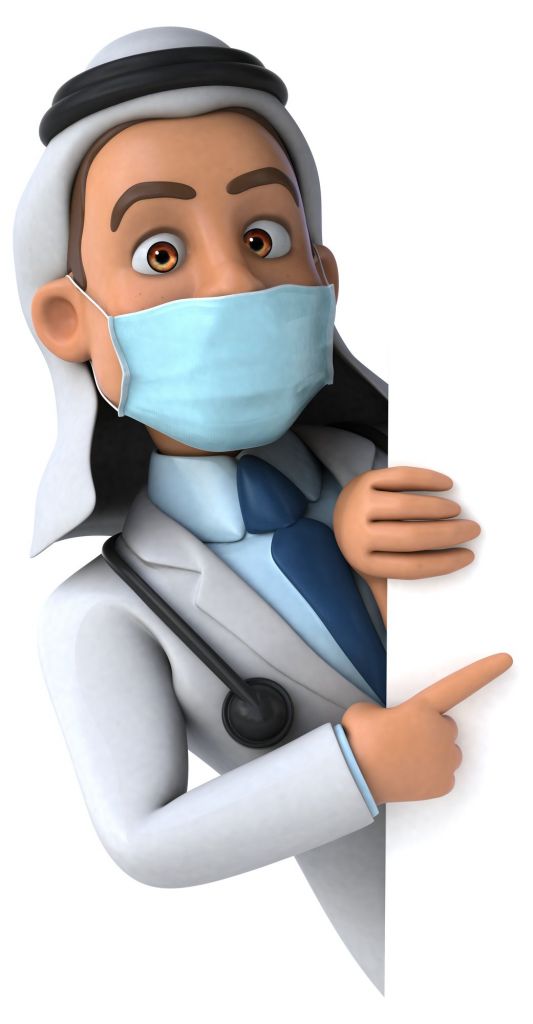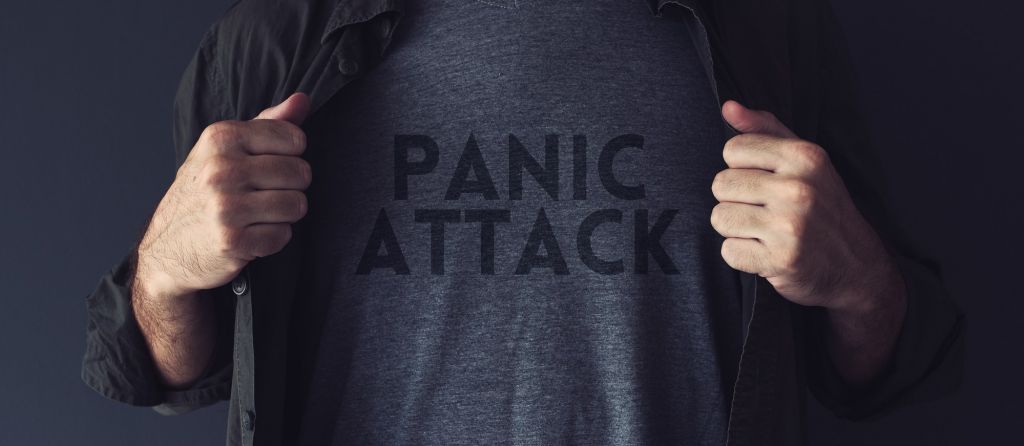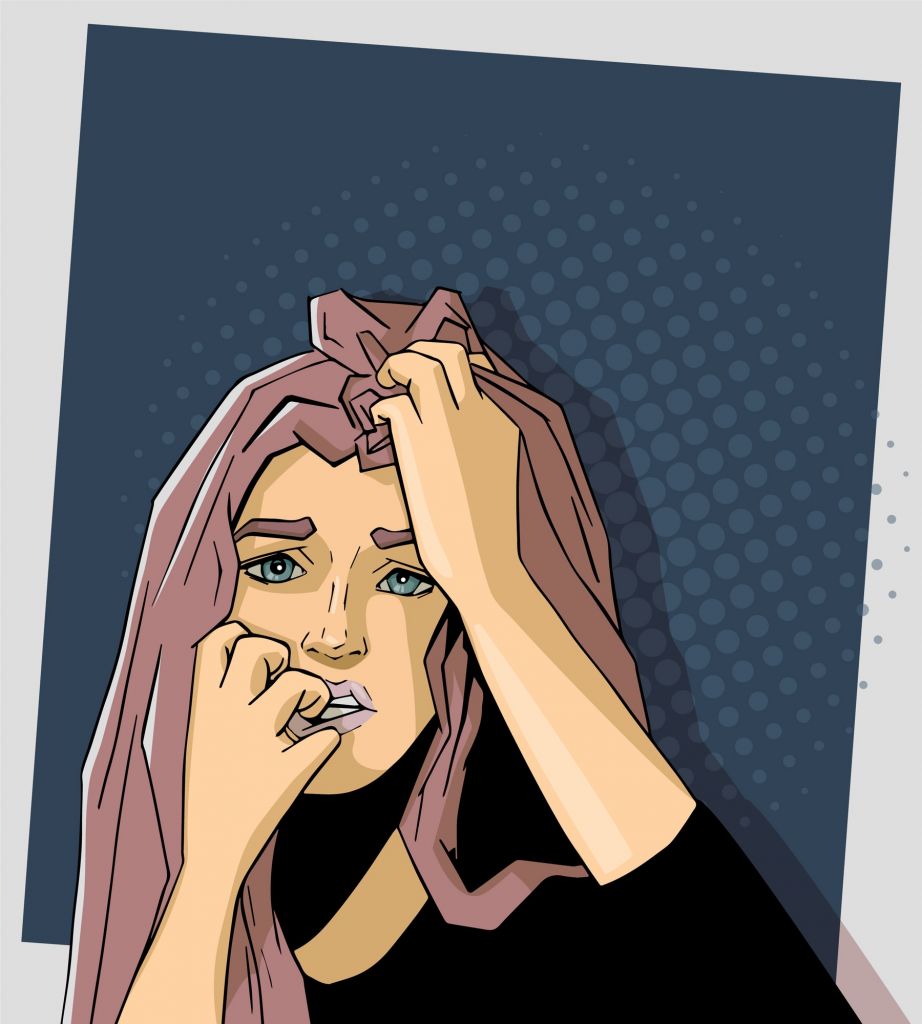- in Anxiety by Tony
- |
- 1 comments
Steps to Lower a Panic Attack

If you're feeling anxious about the state of the world at this moment, that's an appropriate reaction. It would be unusual not to be concerned: Since the coronavirus hit, we've all been bombarded with terrible news. With death and infection rates increasing daily, misinformation and rumours flood the internet. You may feel trapped in a horror movie with no hero coming to rescue you.
More...

If you have any history of anxiety, trauma, or panic attacks, the coronavirus may have pushed your fear to intolerable levels.
Obsession, rumination, and panic are strenuous and will leave you frightened and fatigued.
The Roots of Anxiety
Anxiety is a warning signal from the body that there is danger brewing.
Sometimes fear is driven by subjective experiences, i.e., personal histories, such as trauma, injuries, or phobias.
Individual experiences are frequently the storehouses of forceful emotions that have the power to distort reality.
Even a threat that is imagined can fill you with dread and leave you catastrophizing.
Other times, anxiety is driven by objective experiences, meaning that it springs from a genuine hazard in your environment, like the coronavirus. The most crushing stress occurs when subjective and objective experiences collide.
For example, if you have a history of respiratory problems, such as asthma, your fears of the coronavirus will likely be doubled since your condition puts you in a high-risk category.
Finally, if someone you love has died, the loss could push your anxiety to levels that feel beyond your control.
Steps to Lower Anxiety
1. Limit News. Stop bingeing on news programs and limit yourself to reliable sources, like the BBC. Avoid internet fearmongers and unreliable resources that will lead to increased jitters and information overload.
2. Take Advantage of Video Services. Use video services like Zoom to schedule virtual dates with friends or to check in with relatives, parents, and extended family. You can even schedule virtual happy hours, parties, and dates. Seeing the faces of those you love can offer much comfort.
3. Maintain Structure—anxiety spikes when structure falls apart. Try your best to maintain consistent sleeping and eating habits, and keep a steady exercise routine. Remember, studies have shown that a cardio exercise, for 30 minutes or more three times a week, can lower the symptoms of anxiety up to 70 per cent.
4. Increase Self-Care. During traumatic times, it's essential to avoid self-neglect and increase self-care. Practice self-soothing activities, such as journaling or meditation, or seek support from therapists, family, or religious communities. Avoid movies or news programs that increase fears, especially before bedtime.
5. Do a Tech Detox. Turn off your phone, close your laptop, switch off the television. Constant stimulation causes anxiety to spin out of control.
Take Charge of Your Anxiety
When anxiety gets out of hand, don't hesitate to ask for help. Call a friend, join an online support group, or have a consultation with a therapist. You'll be surprised at how much better you'll feel by taking proactive steps to lower your anxiety.

Four phases to Curb a Panic Attack and shift your relationship with anxious thoughts and feelings to come down and stop worrying by JAMIE PRICE.
Investigate

When in the grip of fear or worry, ask:
Is it really true?
Thoughts aren't facts, and they are like the weather, passing through and changing all the time, so you don't have to take them so seriously or become attached to them.
Am I OK right now?
Often anxiety has to do with worry about the future, so it's helpful to deliberately focus on what's happening right now, in the present.
Breathe

Focus on your breath to shift out of the mental loop of anxious thoughts.
For a few minutes, intentionally breathe slowly and deeply into your belly as you also expand your lungs, and exhale naturally.
Connect

Create distance from anxious thoughts by bringing your attention to each of the senses, grounding yourself in the present.
Wherever you are, take a few, slow, deep breaths, and focus your awareness on your surroundings.
Look around, and take notice of what you see. Then notice any sound you hear. Next, tune in to smell.
Finally, reach down and touch the ground. Notice how many different sensations you feel.
Release

Feel your feet rooted to the ground. Locate anxiety in your body— your stomach, chest, or head. Slowly and gently allow yourself to feel it there. Then imagine it gathering into a dark cloud.
Take a deep breath, and as you exhale, imagine the dark cloud leaving your body.
Watch it float away until it disappears.
5 tools to help when you have a panic attack
- Focus on your breathing. Breathe slowly while counting to five on each inhale and exhale.
- Actions that bring you back to awareness of your body can help. Stamp on the spot, wiggle your toes and fingers, pat your arms or shoulders or stretch gently.
- Tune into your senses. For example, have a cup of mint tea, feel the weight of your body in the chair, look at your surroundings, touch or hold something soft, like a blanket, cushion or piece of clothing, or pay attention to sounds around you.
- Remind yourself that this is your mind, it’s not reality. This helps when you have a cascade of panicked thoughts and fears.
- Try grounding and centring techniques to help you feel more in control. Release a little of the tension in your belly and jaw, and visualise yourself shining out like a lightbulb or expanding into the space all around you; or take off your shoes and feel the ground underneath you; if you can, get out into nature and pay attention to the sights, sounds and textures around you. Even sitting under a tree in a park or in your garden can help.





[…] teenage girls describe as a panic attack may not meet the "true" attack criteria, as there is no official diagnosis. It is often […]